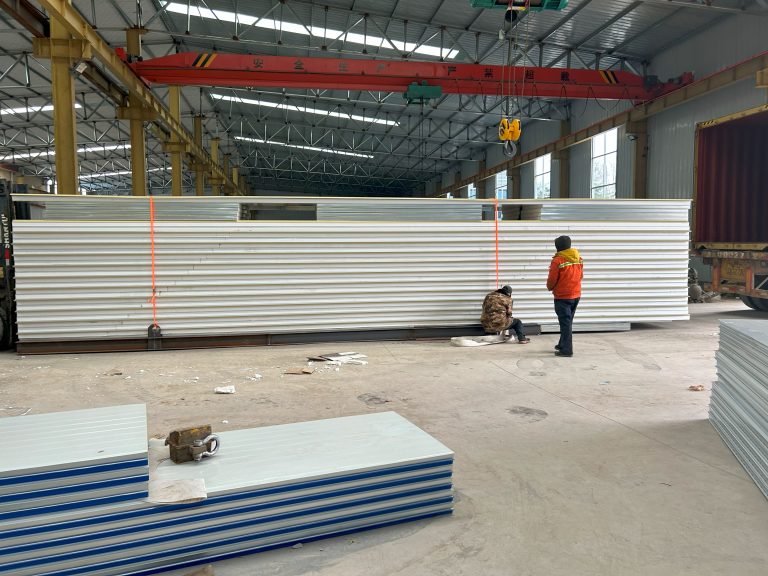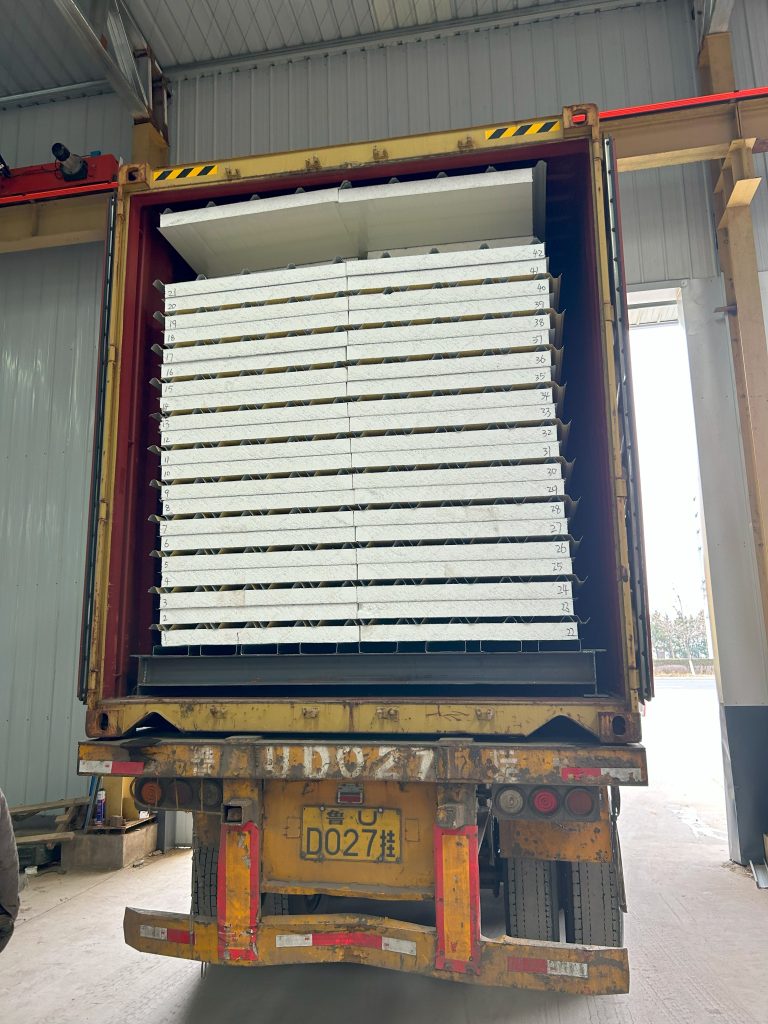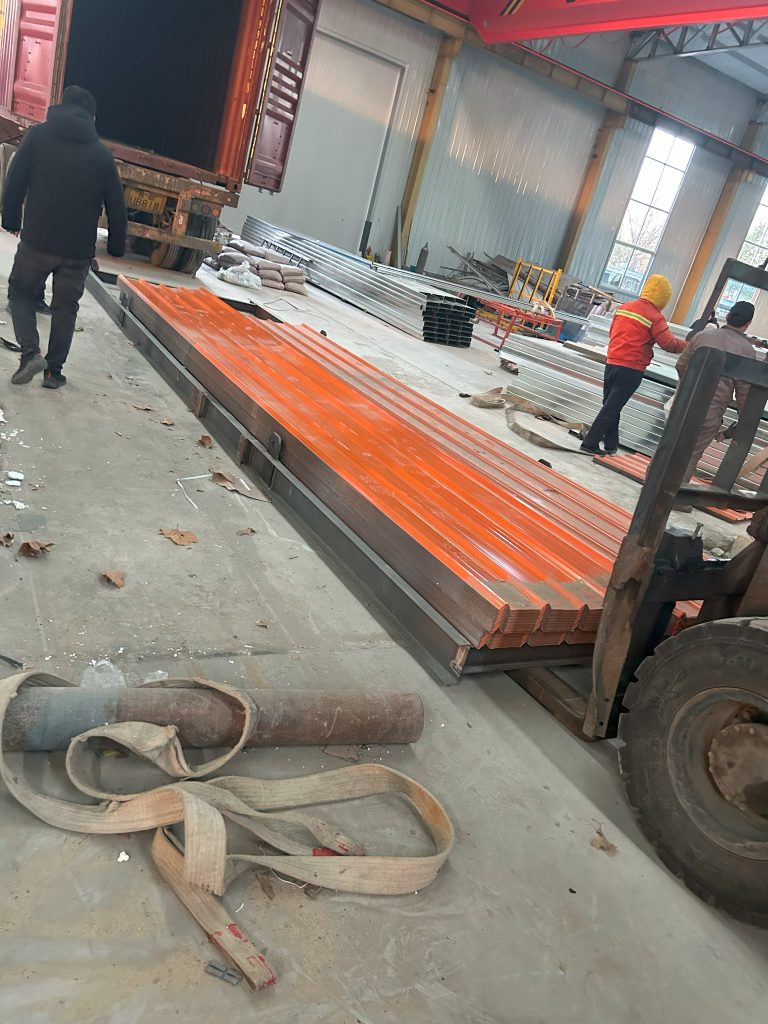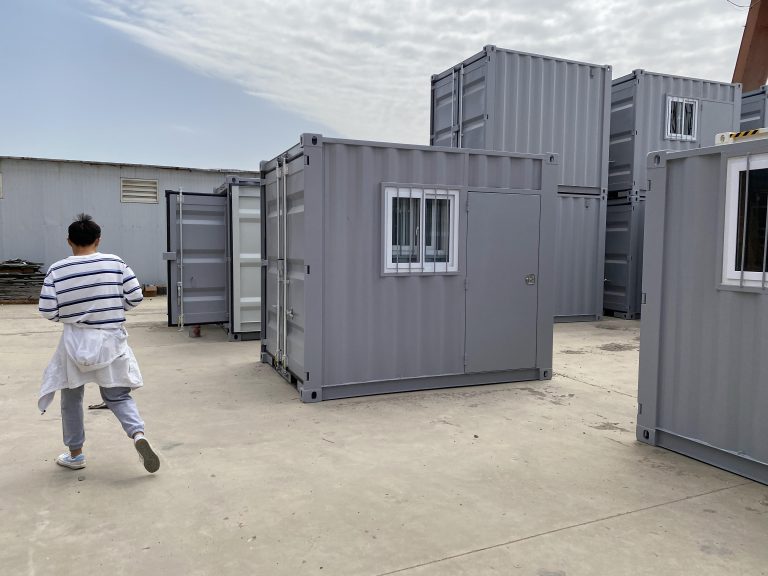Damage identification and health monitoring of steel structures
Table of Contents
Advanced Techniques for Damage Identification in Steel Structures
Damage identification and health monitoring of steel structures are crucial aspects of ensuring the safety and longevity of these important infrastructures. With the increasing demand for more efficient and sustainable structures, it has become essential to develop advanced techniques for detecting and monitoring damage in steel structures.
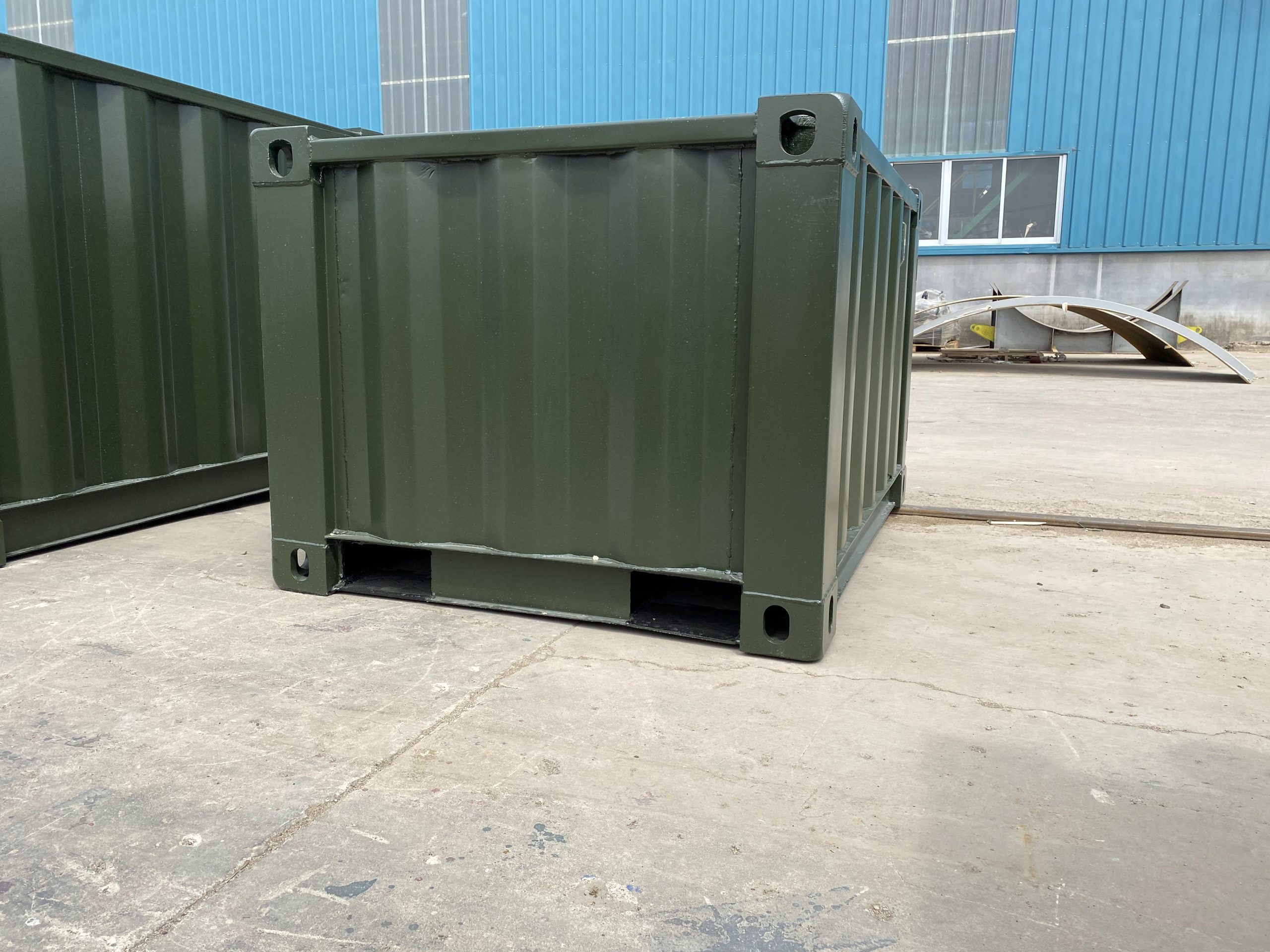
One of the most common methods used for damage identification in steel structures is visual inspection. This involves visually inspecting the structure for any signs of damage such as cracks, corrosion, or deformation. While visual inspection can be effective for detecting visible damage, it may not be sufficient for identifying hidden or internal damage.
To overcome the limitations of visual inspection, various non-destructive testing (NDT) techniques have been developed for damage identification in steel structures. These techniques include ultrasonic testing, radiographic testing, magnetic particle testing, and eddy current testing. Each of these techniques has its advantages and limitations, and the choice of technique depends on the type and extent of damage being investigated.
Ultrasonic testing is a commonly used NDT technique for detecting cracks, voids, and other defects in steel structures. This technique involves sending high-frequency sound waves through the structure and analyzing the reflected waves to identify any anomalies. Ultrasonic testing is particularly useful for detecting internal defects that may not be visible to the naked eye.
Radiographic testing, on the other hand, involves using X-rays or gamma rays to create images of the internal structure of the steel. This technique is effective for detecting defects such as cracks, voids, and inclusions. However, radiographic testing can be time-consuming and expensive, and it may not be suitable for all types of steel structures.
Magnetic particle testing is another NDT technique that is commonly used for detecting surface cracks and defects in steel structures. This technique involves applying a magnetic field to the structure and then applying magnetic particles to the surface. Any defects in the structure will cause the magnetic particles to gather at the site of the defect, making it visible to the inspector.
Eddy current testing is a non-contact NDT technique that is used for detecting surface and near-surface defects in steel structures. This technique involves inducing an alternating current in a coil and then measuring the electromagnetic field produced by the current. Any defects in the structure will cause changes in the electromagnetic field, which can be detected and analyzed.
In addition to NDT techniques, structural health monitoring (SHM) systems have been developed for continuous monitoring of steel structures. These systems use sensors to monitor various parameters such as strain, temperature, and vibration, and can provide real-time data on the structural health of the steel structure. SHM systems can help detect damage at an early stage, allowing for timely repairs and maintenance to prevent catastrophic failure.
In conclusion, advanced techniques for damage identification and health monitoring of steel structures are essential for ensuring the safety and longevity of these important infrastructures. By using a combination of NDT techniques and SHM systems, engineers can effectively detect and monitor damage in steel structures, allowing for timely repairs and maintenance to prevent costly failures.
Importance of Health Monitoring Systems for Steel Structures
Steel structures are widely used in various industries due to their strength, durability, and versatility. However, over time, these structures can deteriorate due to factors such as corrosion, fatigue, and external loads. To ensure the safety and longevity of steel structures, it is essential to implement damage identification and health monitoring systems.
Damage identification involves the detection and assessment of defects or abnormalities in steel structures. This process is crucial for identifying potential issues before they escalate into major problems. By detecting damage early on, engineers can take proactive measures to repair or reinforce the structure, thus preventing catastrophic failures.
Health monitoring systems play a vital role in continuously monitoring the condition of steel structures. These systems use sensors and data analysis techniques to track changes in structural behavior, such as deformation, vibration, and temperature. By monitoring these parameters, engineers can assess the health of the structure and detect any signs of damage or deterioration.
One of the key benefits of health monitoring systems is their ability to provide real-time data on the structural performance of steel structures. This data allows engineers to make informed decisions about maintenance and repair activities, leading to improved safety and efficiency. Additionally, health monitoring systems can help optimize the use of resources by identifying areas that require immediate attention.
Another advantage of health monitoring systems is their ability to detect hidden or hard-to-reach damage in steel structures. Traditional inspection methods may not always be able to identify defects in certain areas of a structure. Health monitoring systems, on the other hand, can provide a comprehensive assessment of the entire structure, including areas that are difficult to access.
Furthermore, health monitoring systems can help extend the service life of steel structures by enabling proactive maintenance strategies. By continuously monitoring the condition of the structure, engineers can identify potential issues early on and take corrective actions to prevent further deterioration. This proactive approach can help reduce maintenance costs and downtime, ultimately improving the overall performance of the structure.
In conclusion, damage identification and health monitoring systems are essential for ensuring the safety and longevity of steel structures. By detecting damage early on and continuously monitoring the condition of the structure, engineers can prevent catastrophic failures and optimize maintenance activities. Implementing these systems can help improve the overall performance and reliability of steel structures, making them safer and more cost-effective in the long run.



